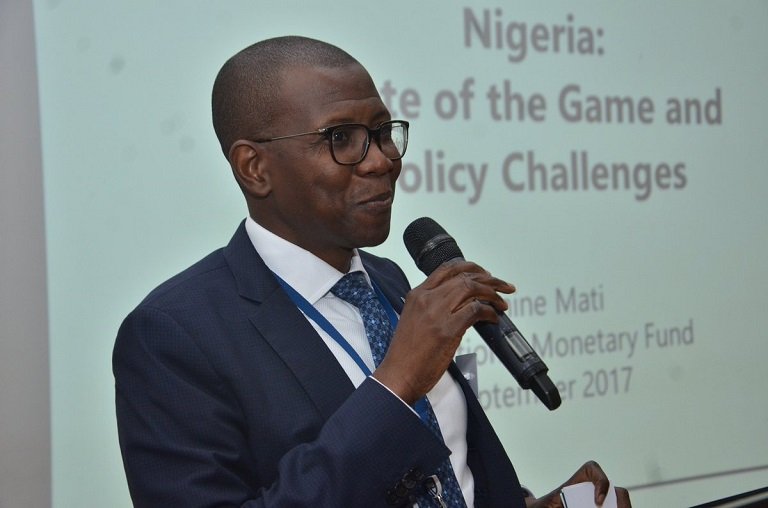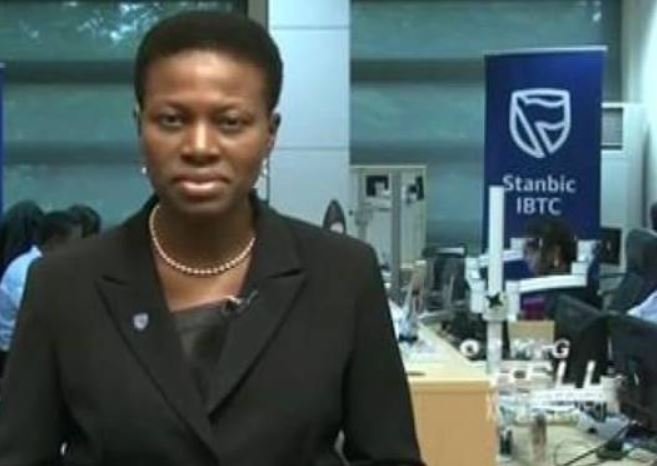Africa
Stanbic IBTC Group reports a 59% growth in PAT
Stanbic IBTC has announced its nine-month unaudited group results for the period ended 30 September 2018 reporting N59.76bn profit after tax


Stanbic IBTC Holdings, a member of Standard Bank Group, has announced its nine months unaudited group results for the period ended 30 September 2018 reporting profit after tax of N59.76 billion, an increase of 59% for the corresponding period in 2017.
Speaking on the Group’s performance, Yinka Sanni, Chief Executive of Stanbic IBTC Holdings, said:
“Our business continued to thrive in the third quarter of 2018 amid industry-wide headwinds, bearish capital market aided by emerging market sell-off and attendant repatriation of foreign capital.
“Our performance shows steady growth in our balance sheet position, sustained improvement in revenue from fees and commissions and trading lines, though at a slower pace against a backdrop of reduced financial market volumes/trades and reduction in fee income rate particularly for our Wealth business due to the implementation of the multi-fund structure.
“Nonetheless, we have seen significant improvement in our risk asset portfolio with gross loans and advances up by 14% year-to-date while non-performing loans (“NPL”) portfolio decreased by 39%, thereby improving our NPL ratio to 4.7% from 8.6% in December 2017.
“The decrease in non-performing loans is on account of the declassification of some loans following positive outcome on recovery and rehabilitation efforts.
“This is coupled with strategic decision to write-off some delinquent loans. The 2% decrease in total customer deposits is due to the competitive yield environment and continued drive to reduce cost of funds which resulted in a 25% decrease in expensive term deposits”.
“We are focused on delivering end-to-end financial solutions to our customers through our enhanced digital platforms as significant investment is being made to achieve this stride.
“Volume of transactions carried out on our digital platform continues to increase and we are encouraged by the robust transactional volumes from the various platforms.
“The drop in our net interest income is due to lower yield on government securities compared to the same period in 2017 but the sustained growth in loans and advances will douse the impact on net interest income line in the near term.
READ: Donald Duke claims he earns N156,000 monthly
“We remain on track to achieve our guidance by the end of the year. Our focus for the rest of the year is to maintain the momentum in improving the quality of the asset book and to further grow our non-interest revenue line,” Sanni added.
Financial highlights
Income Statement
• Gross earnings of N168.80 billion, an increase of 9% (September 2017: N154.22 billion)
• Net interest income of N58.44 billion, down 7% (September 2017: N62.95 billion)
• Non-interest revenue of N79.97 billion, up 24% (September 2017: N64.28 billion)
• Total income of N138.42 billion, an increase of 9% (September 2017: N127.23 billion)
• Profit before tax of N70.38 billion, up 54% (September 2017: N45.65 billion)
• Profit after tax of N59.76 billion, an increase of 59% (September 2017: N37.67 billion)
• Cost to income ratio of 52.1% (September 2017: 48.1%)
• Return on average equity (annualised) 39.0%
• Return on average assets (annualised) 5.5%
Balance sheet
• Total assets up by 11% to N1.54 trillion (December 2017: N1.39 trillion)
• Gross loans & advances to customers increased by 14% to N462.32 billion (December 2017: N403.85 billion)
• Non-performing loans decreased by 39% to N21.6 billion (December 2017: N35.3 billion)
• Non-performing loans to total loans ratio of 4.7% (December 2017: 8.6%)
• Customer deposits down slightly by 2% to N738.36 billion (December 2017: N753.64 billion)
• Deposit mix improved to 57.0% (December 2017: 49.2%) of low cost deposits to total deposits
Capital and liquidity
Capital adequacy levels are significantly above the regulatory limit of 10%. The Group’s total capital adequacy ratio closed the period at 24.5% (Bank: 21.4%) and Tier 1 capital adequacy ratio of 20.7% (Bank: 17.2%).
The bank remain well positioned and sufficiently capitalized to support future growth ambitions. The Group’s liquidity ratio closed at 90.3%, while the Bank’s liquidity ratio was at 77.7% at the end of September 2018. This ratio is significantly higher than the 30% regulatory minimum.





